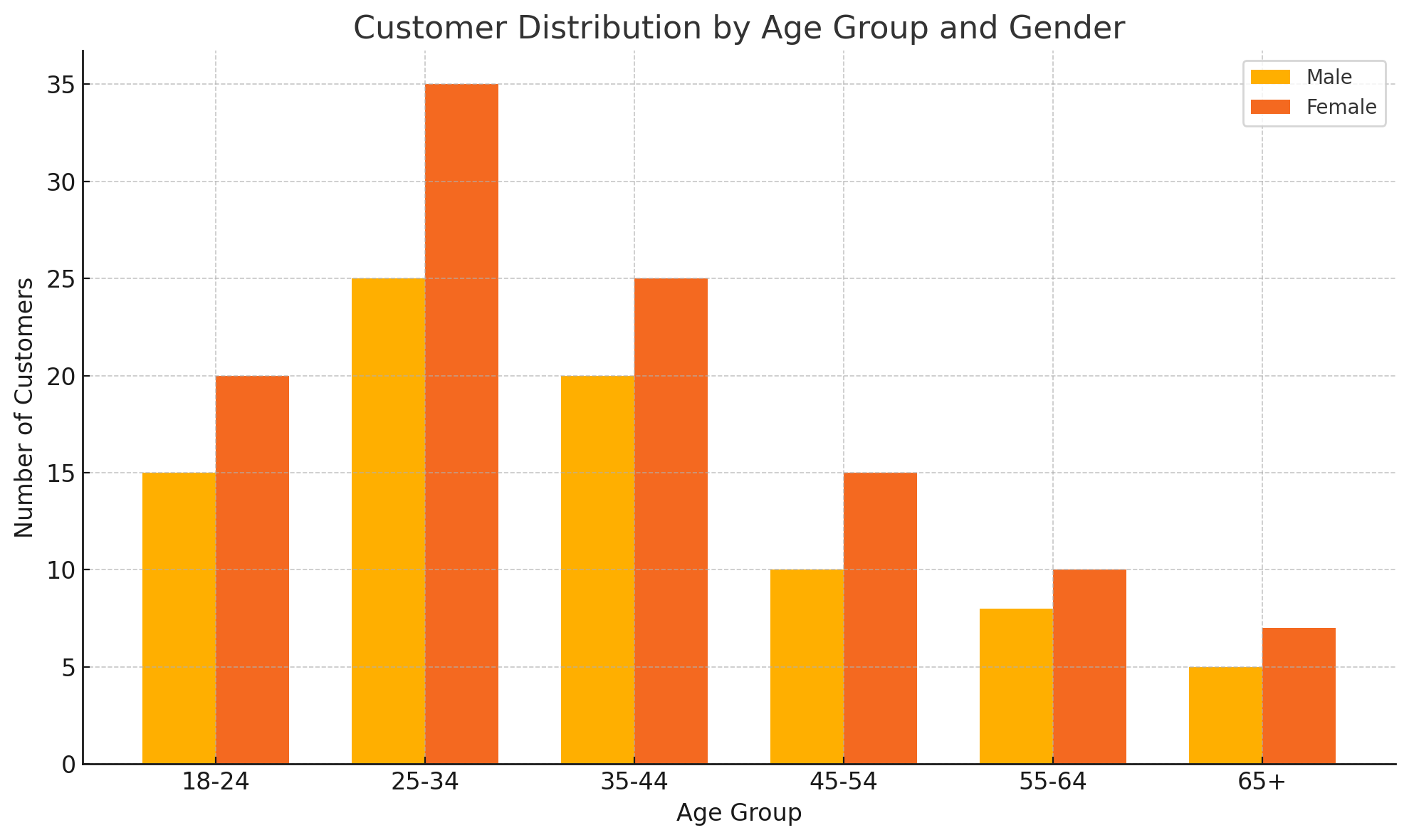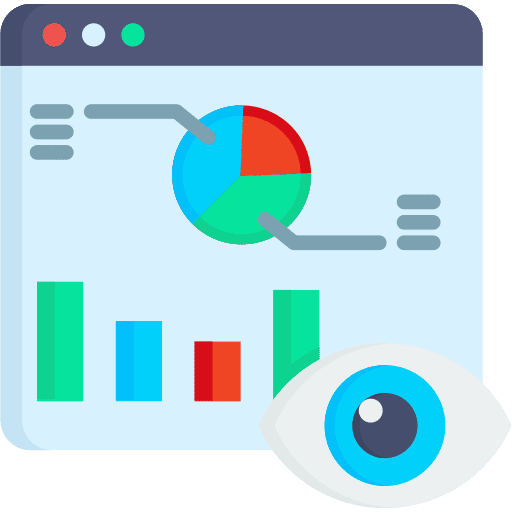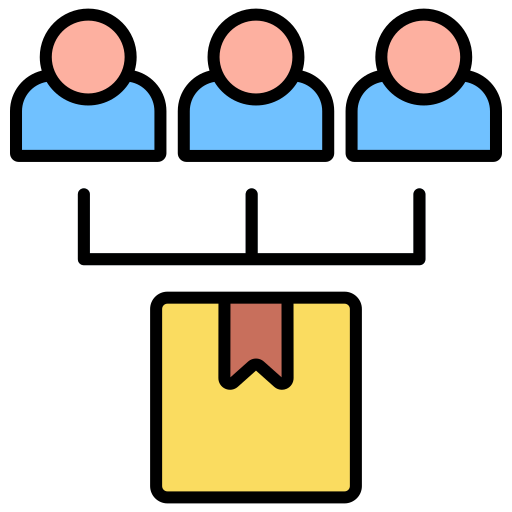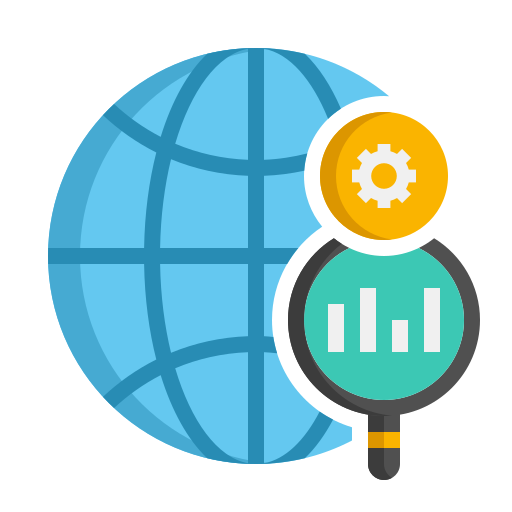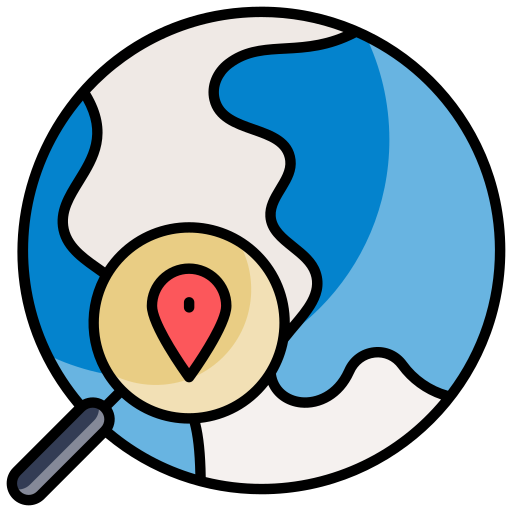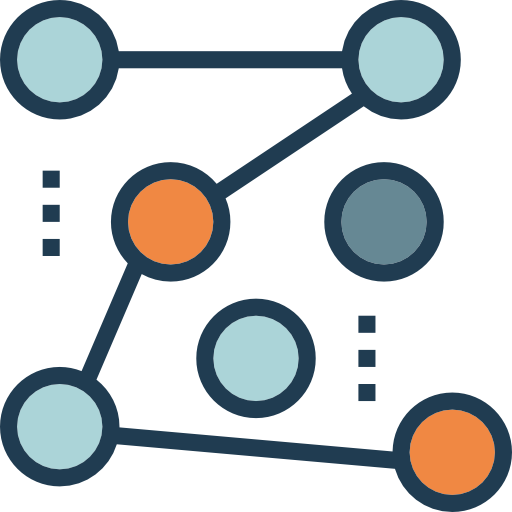Customer Demographics: Understanding Your Audience
Objective: Explore and present customer demographic insights using data visualizations to help businesses identify key patterns in their customer base. This analysis uncovers actionable insights to improve marketing strategies, product offerings, and customer segmentation.
The Challenge Businesses often struggle to understand who their customers really are. Without clear demographic insights, they risk wasting resources on generic campaigns and missing opportunities to connect with their audience.
The goal of this project was to analyze a sample dataset containing customer age, gender, income, location, and purchase behavior to help a fictional retail company:
- Identify their core customer base.
- Discover trends in spending habits by demographic.
- Provide recommendations for targeted marketing.
